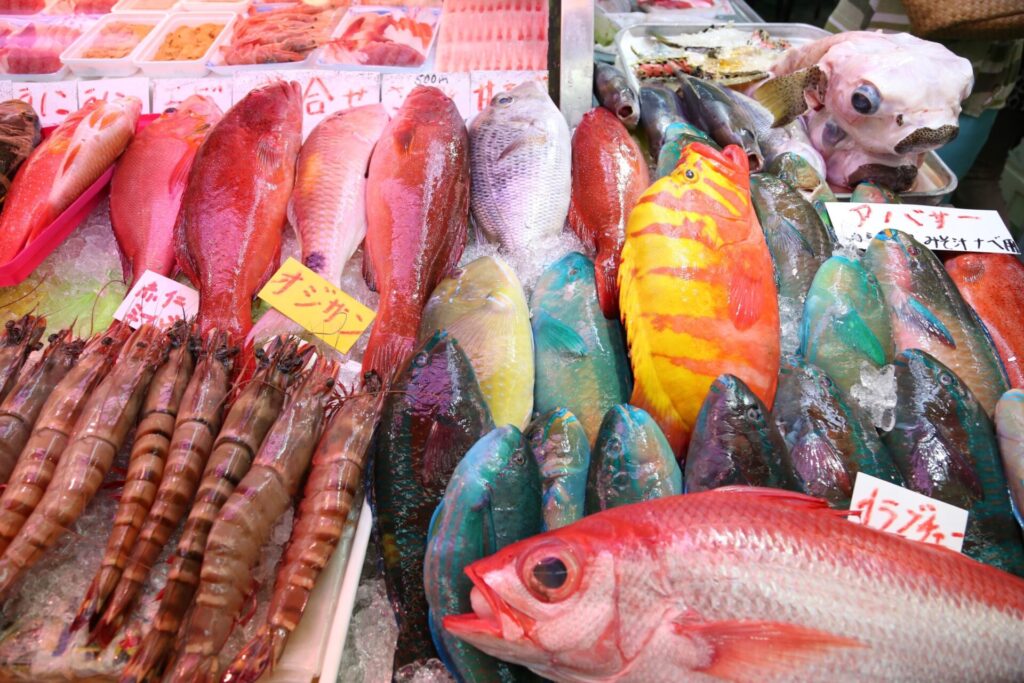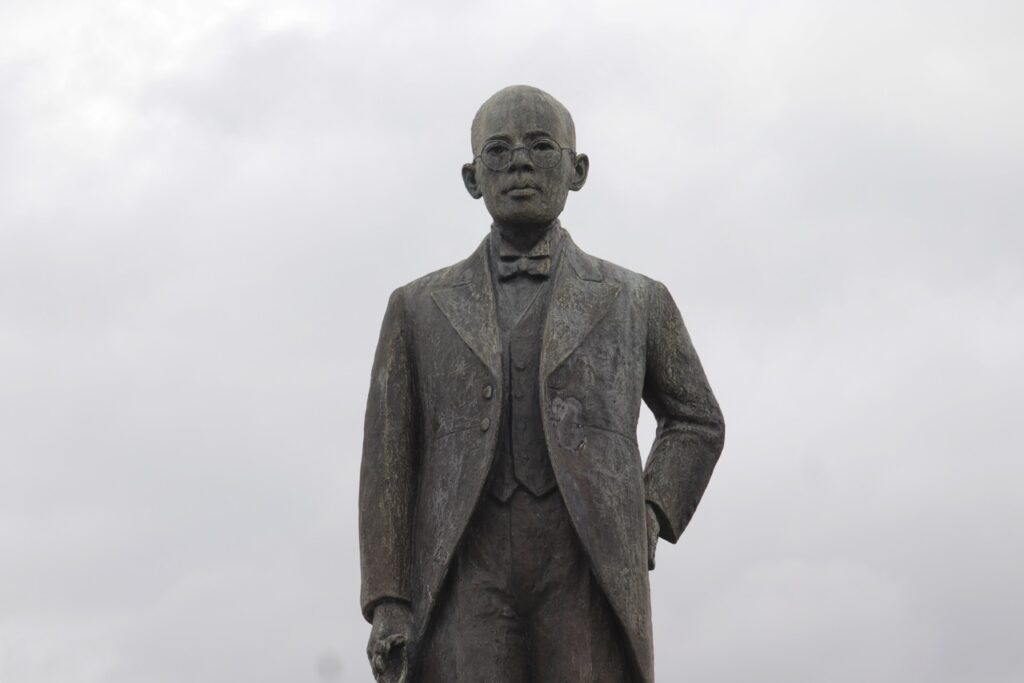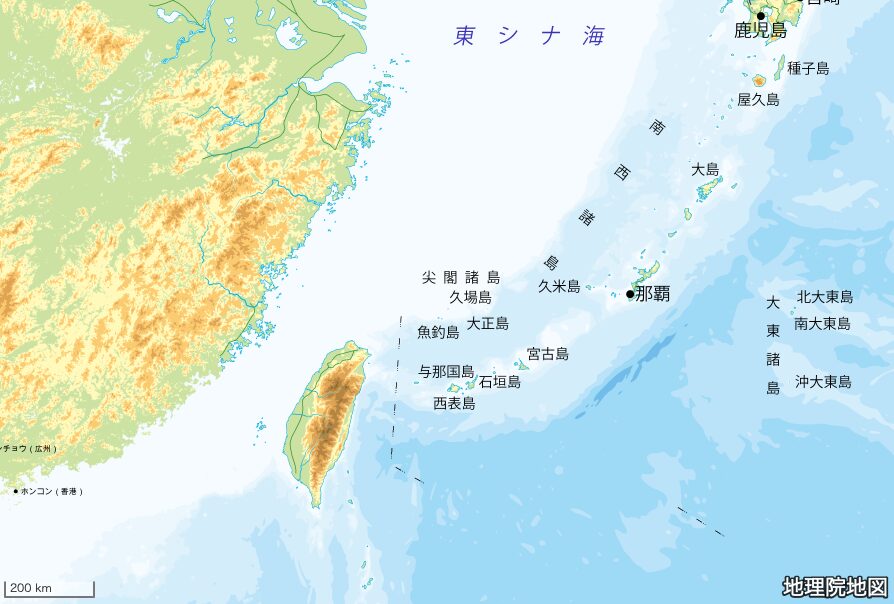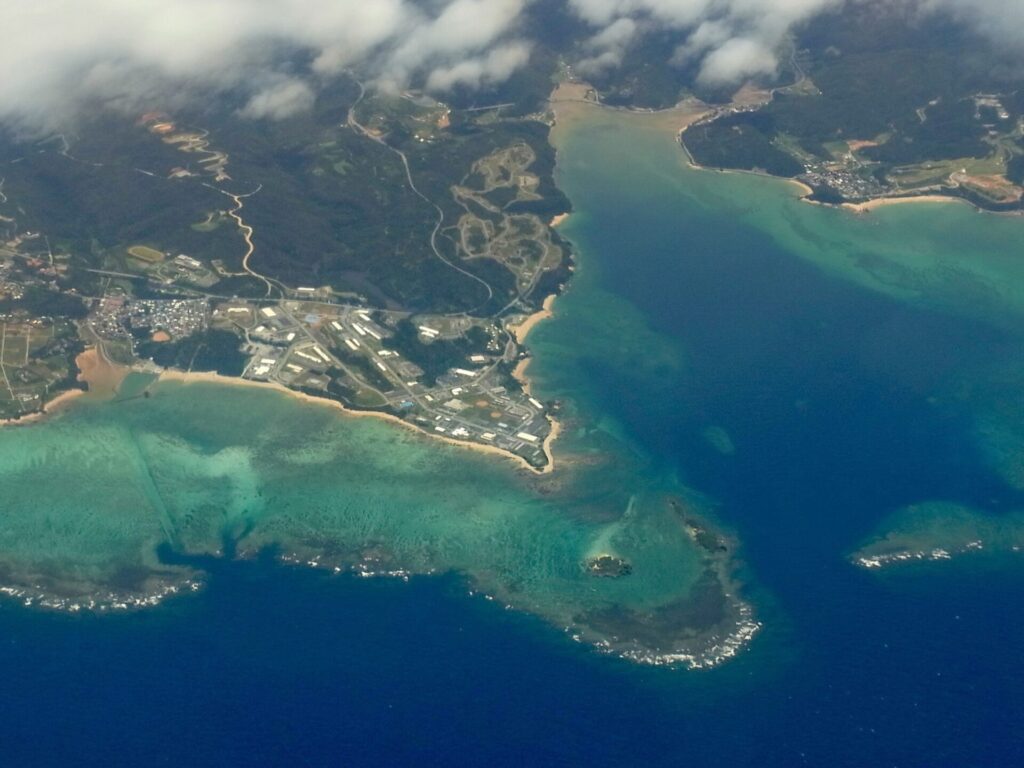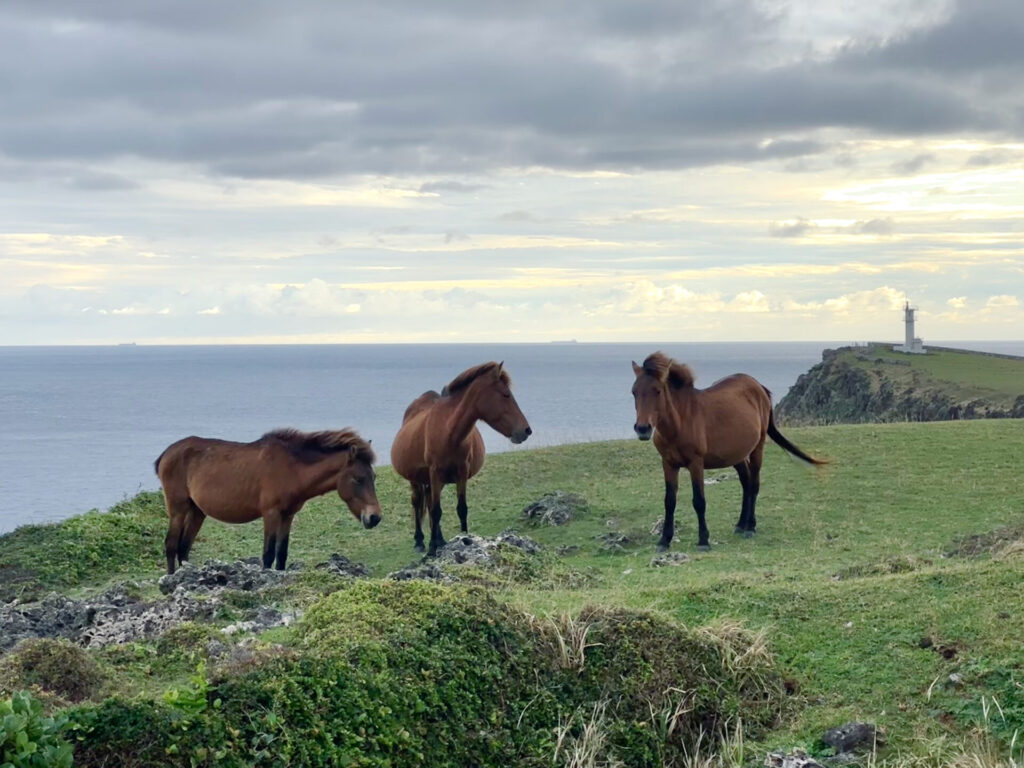Okinawan Society in Hawaii

It is well-known that the people of Hawaii are from many different racial backgrounds. But very few people are aware that at one point, over 40% of the Hawaiian population consisted of Japanese-Americans until right after World War II (currently in 2020, 18%). Thus, the Japanese-American society in Hawaii is very complex. The reason for this complexity lies in the fact that about 25% of the Japanese-American population are Okinawans. When people were being categorized according to their country of origin or during circumstances affecting Japanese-American interests (during elections, for example), the Okinawans were registered as Japanese-Americans.
On the surface, they were one nation, but the mainland Japanese people (Yamatunchu) were struggling to accept the Okinawans and were harboring strong doubts towards them deep down. The Okinawans’ peculiar traditions and culture were outside the Yamatunchus’ comprehension as they did not fit properly into pre-existing Japanese beliefs and categories. Finally, nowadays Yamatunchu seem to consider Okinawan culture refreshing and exotic. However, this is merely a superficial change as disdain and prejudice still remain at the core of the relationship. There remain the underlying feelings of prejudice and contempt (which one can find in Japan even now) that continue to separate the people. Thus in Hawaii, the clash between the pride of the Okinawans as a unique people with a heritage of the independent Ryukyu Kingdom and the Yamato beliefs in their own purity paired with their dislike and rejection of anything “different,” continues to play out even now. This is one of the reasons why the Japanese-American society in Hawaii is so complex.
However, neither is the Okinawan society wholly unified as a people. There were those who readily accepted being educated for the purpose of assimilating into “becoming” Japanese, and this divided the Okinawan community further into two groups. In short, there were two divisions at play- the first is with the Japanese people being divided between the Yamatunchu and the Okinawans, and the second where the Okinawans themselves are further divided into pro-Japanese and anti-Japanese factions.
What follows from this is that the pro-Japanese faction naturally became anti-American while the anti-Japanese faction naturally became pro-American.
This division among the Okinawans became most apparent during World War II. The anti-Japanese faction developed a mindset that Japan was the enemy that needed to be obliterated, but while still protecting Okinawa. Although it seems contradictory, it is a perspective that is expected and natural as it is unique. On the other hand, the extreme right-wing of the pro-Japanese faction established the Hawai Hisshô Kai (Victory Society of Hawaii) and engaged in secret plots to eradicate the anti-Japanese faction.
As always, where two extreme opposing views exist, there will always be those on the middle ground. These are the people who understood the opinions of both sides, but who have developed their own unique viewpoints.
Let us now examine more contemporary examples. As American citizens, the anti-Japanese faction in Hawaii viewed the existence of the U.S. military bases in Okinawa to be a given since the U.S. was but merely “defending” their former homeland. On the other hand, the pro-Japanese faction, especially the right-wing extremists, regarded the U.S. as an enemy that lost to Japan who won the war and was therefore rightfully imprisoned within the barbed wires of the base. Thus, the pro-Japan faction concludes that these contained bases are harmless. Thus, for very different reasons, both factions “approved” the existence of the American bases in Okinawa.
However, contrary to the two extreme factions, the moderates insist that for the sake of peace no armed forces should be allowed to exist. Now that you understand the different divisions occurring within the Okinawan community in Hawaii, which viewpoint would you support?
In any case, the fifth generation of Uchinānchu in Hawaii has taken over from the fourth generation. Of course, they do not understand the Japanese language. However, this generation which does not know Okinawa desires to know more. They learn songs, sanshin and Ryukyu dance and they also invite performers from Okinawa. The Japanese-language radio station collaborates with the Okinawan radio station to air programs in real-time. A pastor of my good acquaintance always plays Okinawan folk music in his car. Indeed, this type of regard for their homeland rarely exists in Japanese people from “other prefectures.” Thus, this phenomenon makes us ponder the real meaning of the word “culture.”
Careful scrutiny shows us how the Japanese-American society in Hawaii is divided in a highly complex manner. To truly and fully comprehend the roots of these divisions, we must trace history back to the annexation of the independent Ryukyu Kingdom in 1879 and even further back to the invasion by the Satsuma clan in 1609.



























































